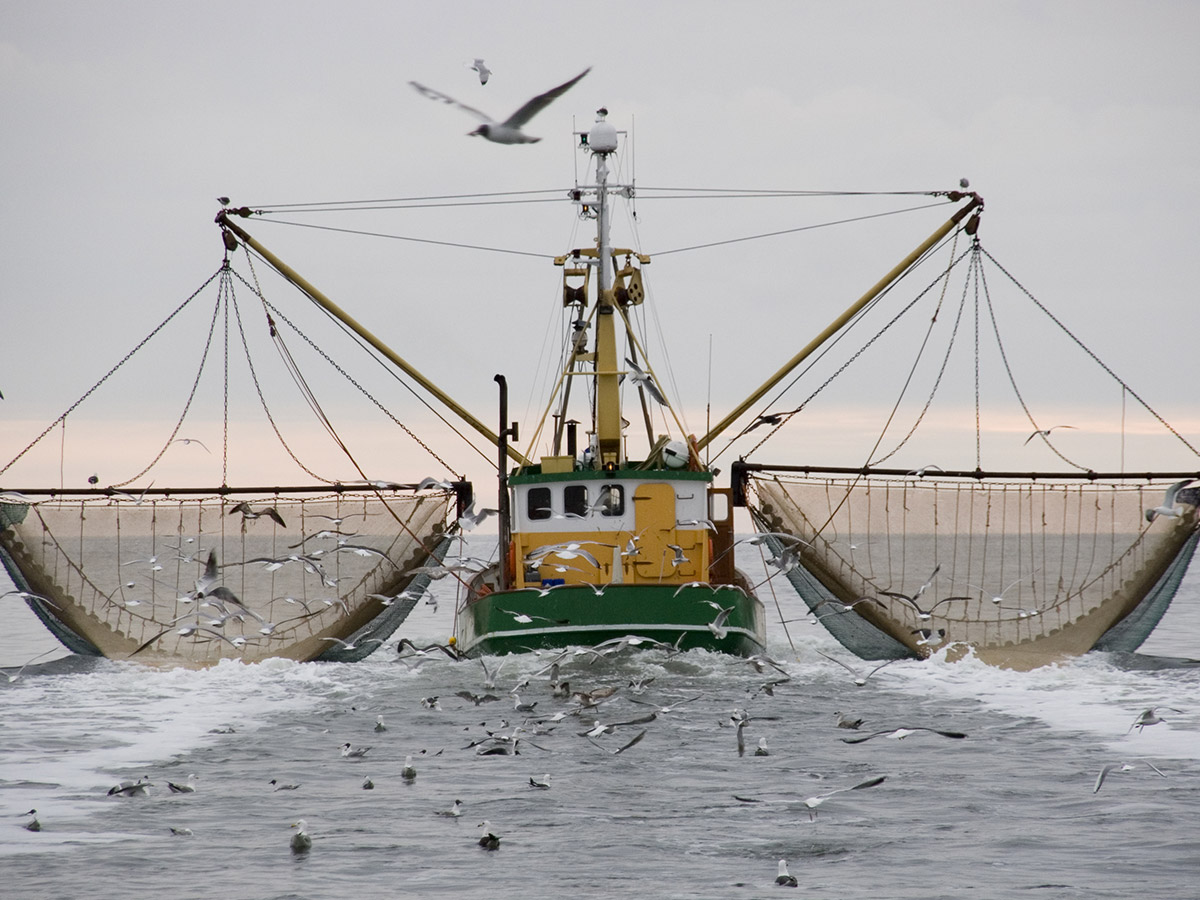NCWF Weighs in on Shrimp Trawl Fishery Waste, Habitat Destruction

The North Carolina shrimp trawl fishery generates significant waste and habitat destruction, compromising the health of our coastal ecosystems. Data shows that shrimp trawls produce large amounts of bycatch and are damaging to shell bottom habitats, submerged aquatic vegetation and other optimal nursery areas.
To address these well-established problems, and create a more sustainable fishery, North Carolina Wildlife Federation submitted public comments outlining how the amendment fails to protect both the resource and the fishery and fails to follow the best available science on ecosystem protection.
Protecting Essential Habitat
An essential section of the draft amendment 2 FMP is its “Ecosystem Protection and Impacts.” The definition of a primary nursery area in this section defines a new standard that is not consistent with the scientific use of the term. Division of Marine Fisheries (DMF) states in this FMP that “nursery areas are a subset of juvenile habitat that contributes disproportionately more to the production of juveniles that recruit into a population than another area of similar size.”
DMF now asserts that for an area to be labeled as a nursery area, density, growth rates, predator amount and migration patterns must all meet their new requirements or are not worth protecting. While these factors are undeniably crucial for ecosystem health in general, the demand to meet them all to be protected is unfair and obstructive.
We believe DMF’s definition discounts the importance of juvenile abundance in numerous areas and makes it unreasonably hard to qualify an area as a primary nursery area. These new standards only delay proper action and allow the continuation of trawling in these essential areas.
Sheaves et al. 2006, 2016, validate our concerns by stating, “this approach relates to the value of a nursery from a purely exploitive, short-term, fisheries perspective; it does not recognize that—in an evolutionary, ecological and a sustainable fisheries sense—it is the contribution to the production of succeeding generations that determines real nursery-ground value.”
In summary, DMF’s new concept of nursery areas conflicts with peer-reviewed science, state regulations and common sense. Surveyed areas that contain concentrations of juvenile fishes must be protected. In contrast, Amendment 2 suggests areas that don’t meet all their new qualifications are of “low nursery value.” Best management practices, supported by peer-reviewed research, discount the accuracy of DMF’s new definition. A more conservative approach is necessary, as outlined in our public comments.
Learn more about NCWF’s work in marine fishery management.

